Lingerie shapes more than your silhouette. It affects how you move, how your clothes fit and how confident you feel throughout the day. The word itself comes from the
French '
Linge', once used for simple
Linen undergarments. Today, lingerie includes everyday
T-shirt bras, wireless bralettes, structured corsets, shapewear and bodysuits designed for different needs.
Lingerie serves different purposes for different people. When women entered the workforce in the 1920's, restrictive corsets gave way to lighter brassieres that allowed movement. Today's brands like Savage X Fenty and ThirdLove offer extended size ranges and diverse skin tone options, making lingerie accessible to more women than ever before. Consumers now demand
sustainable materials like organic cotton and recycled nylon, pushing brands to rethink production methods.
From ancient support bands to smart-fabric bras, lingerie continues to evolve at the intersection of technology, culture and personal identity.
Frequently Asked Questions about Lingerie
1. What is the history of lingerie?
Lingerie started as simple support bands in ancient societies and later evolved into corsets, bras and modern comfort driven designs.
2. When did the modern bra appear?
The modern bra emerged in the early 1900's when Mary Phelps Jacob patented a soft two cup design in 1914.
3. What are the main types of bras I should know about?
Popular styles include T-shirt bras, balconette, push up, sports bras, bralettes and full coverage options.
4. How do I choose the right lingerie fabric for India's climate?
Pick breathable cotton or microfiber for daily wear, and choose silk or satin for relaxed nightwear.
5. How do I find the correct bra size and fit?
Measure your band and bust, check the brand's size chart and choose a style that feels secure without digging.
6. Do sports bras really matter?
Yes. A sports bra controls movement and protects breast tissue during workouts.
7. What should I look for in bridal lingerie in India?
Choose structured pieces that match the
bridal outfit and stay comfortable for long hours.
8. Are there sustainable lingerie options available?
Yes. Look for organic cotton, recycled nylon and bamboo based fabrics for eco friendly choices.
9. How should I wash and care for lingerie?
Hand wash delicate pieces or use a gentle cycle in a mesh bag and avoid high heat.
10. Is shapewear safe to wear every day?
Wear shapewear in moderation and choose breathable fabrics that support without restricting movement.
11. Where can I buy quality lingerie in India?
Choose trusted brands that offer clear size guides and easy returns.
12. Does lingerie culture differ across regions?
Yes. Regional styles influence
colours, materials and bridal choices across India.
13. What is the difference between lingerie and innerwear?
Lingerie focuses on design and detail while innerwear covers everyday essentials like cotton bras and briefs.
14. Which lingerie colours work best under Indian outfits?
Nude tones work under most outfits, while black or red suits evening looks.
Padded or non padded T-shirt bras work well, along with balconette or plunge styles for
deep necklines.
16. Why do some bras feel uncomfortable even when the size seems right?
The bra's shape or underwire may not suit your body, so try a different style instead of changing size.
17. What lingerie
trends are popular right now?
Soft bralettes, seamless sets, bold lace and eco friendly fabrics are leading today's trends.
18. How often should I replace my bras?
Replace bras every six to twelve months, depending on wear and care.
19. What is the safest lingerie for sensitive skin?
Choose pure cotton or skin safe fabrics and avoid rough lace or heat trapping synthetics.
20. What is the difference between underwired and non wired bras?
Underwired bras lift and shape, while non wired styles offer softer support.
21. Which bra styles work for heavy busts?
Full coverage, wide strap and minimiser bras give strong support for heavier busts.
22. Which bra styles work for small busts?
Lightly padded, balconette, push up and bralette styles enhance shape while keeping the look natural.
23. What lingerie should I choose for Western outfits?
Wear seamless T-shirt bras for fitted tops, strapless styles for off shoulder looks and plunge bras for deep necklines.
24. How do I store lingerie to make it last longer?
Lay bras flat and keep delicate lace pieces in separate fabric pouches.
25. Why does the band size matter more than the cup size?
The band provides most of the support and keeps the bra steady throughout the day.
26. How can I support sustainable lingerie brands?
Choose brands that use organic cotton, recycled fibres and ethical production.
27. What is the cultural significance of lingerie colors?
Red symbolises passion, white purity, black sophistication and blue represents fidelity in some cultures.
28. Are there specific lingerie brands leading in body positivity?
Yes. Brands like Aerie, ThirdLove and Savage X Fenty lead with inclusive sizing and diverse representation.


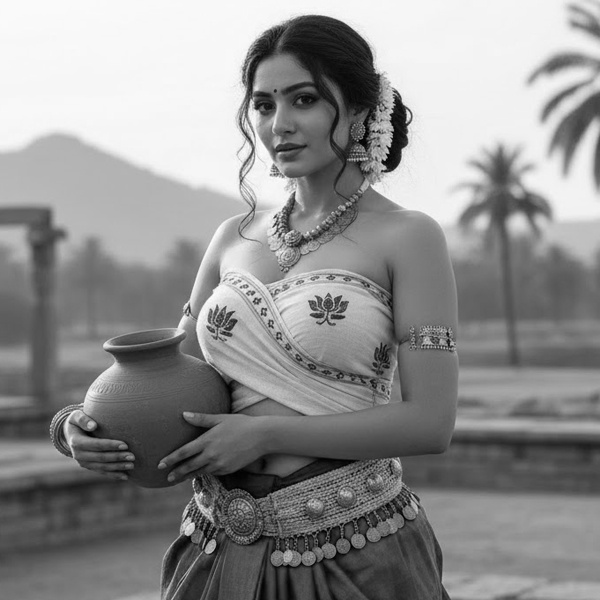
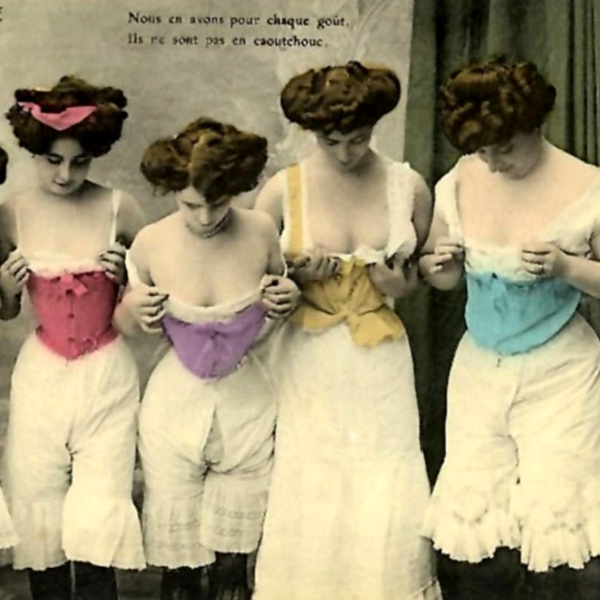
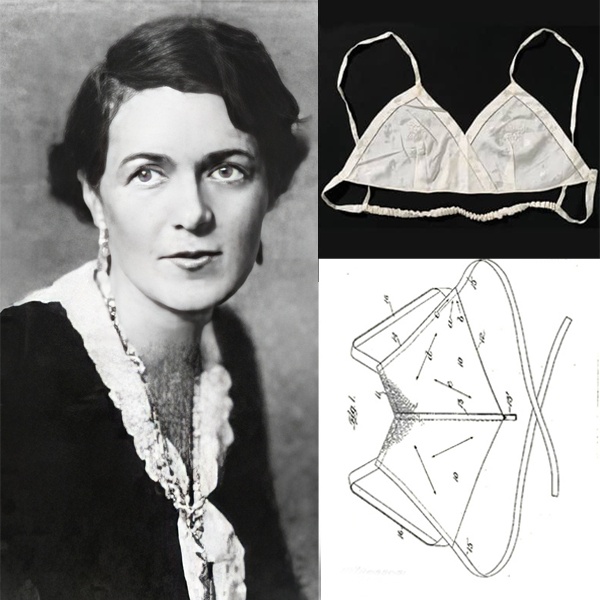
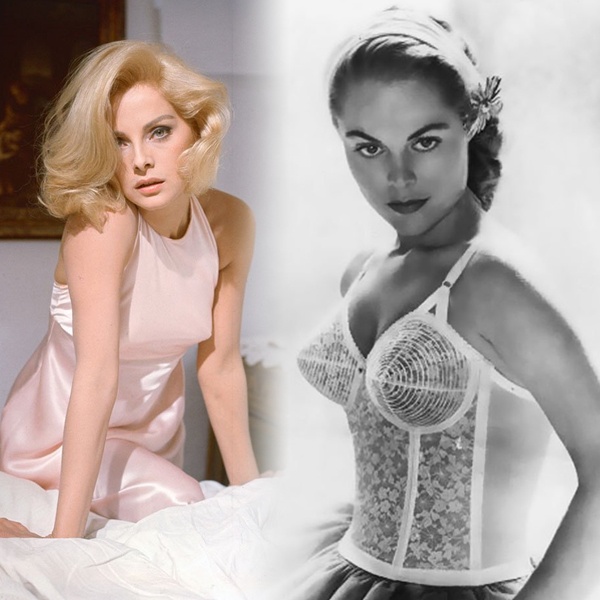
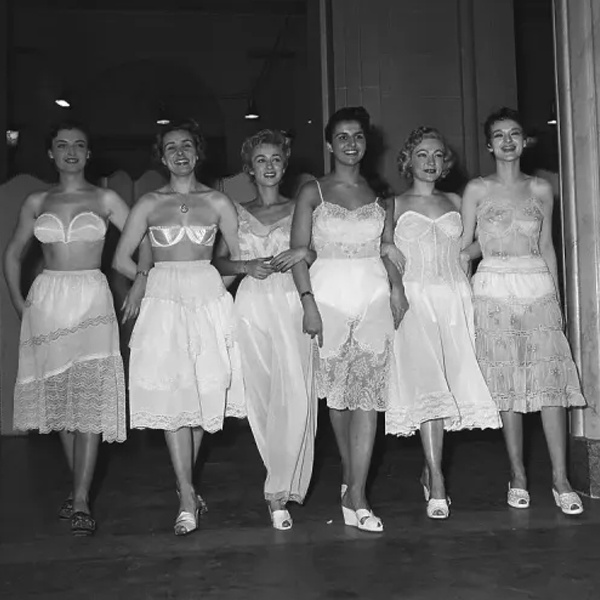
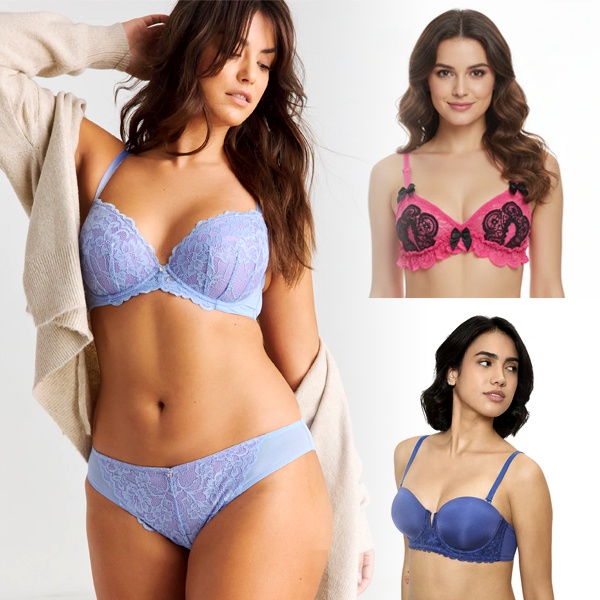


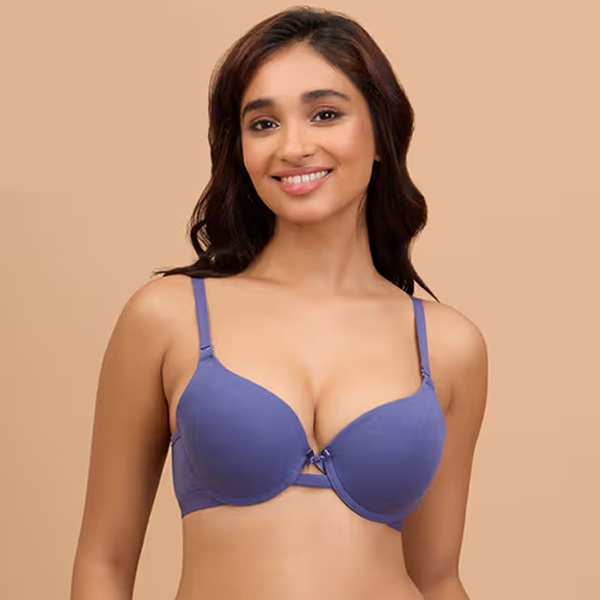
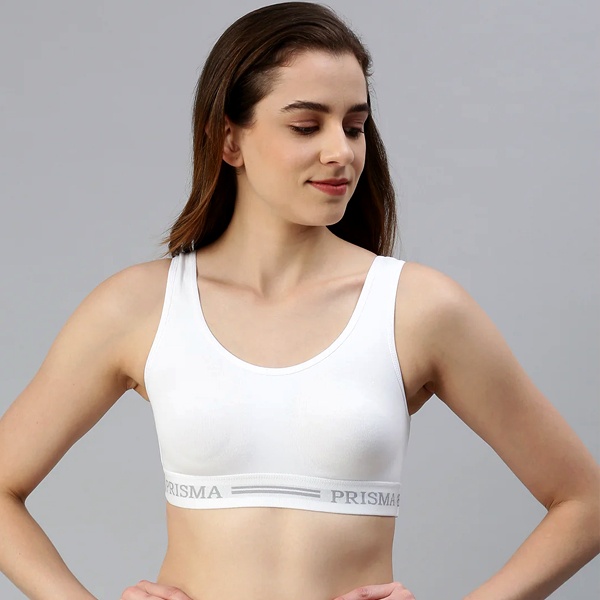
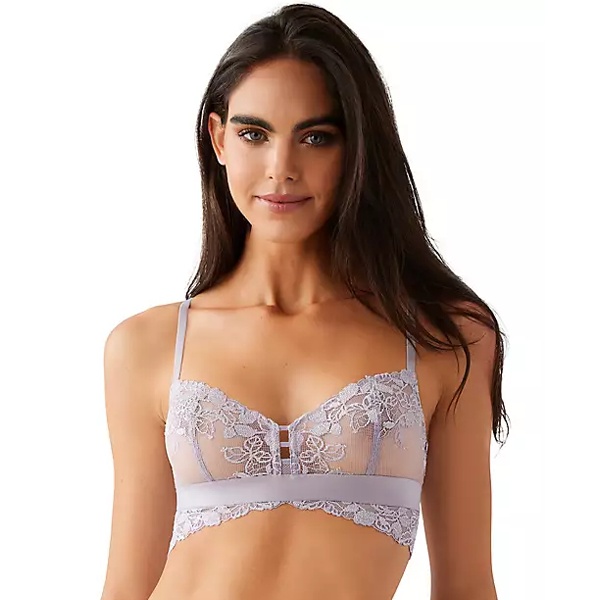
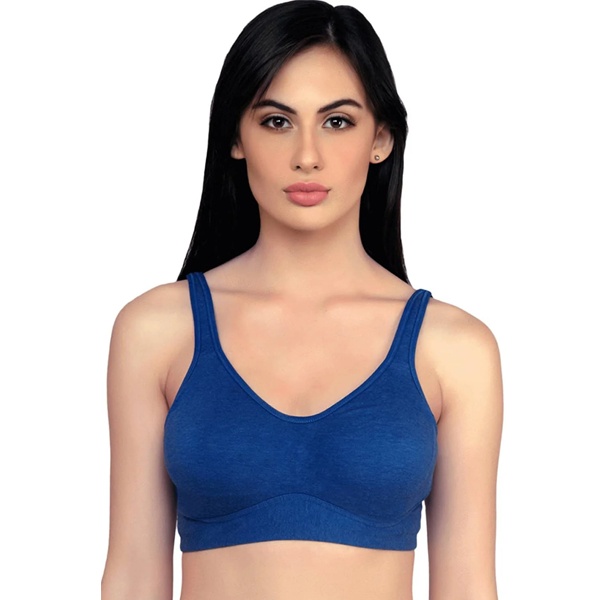
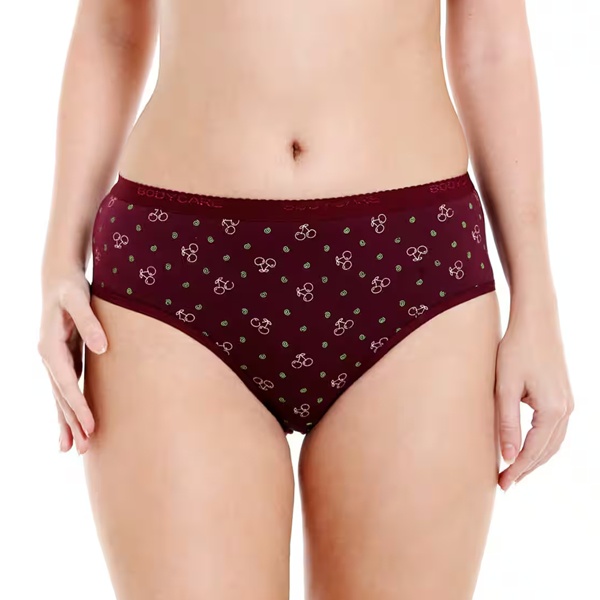


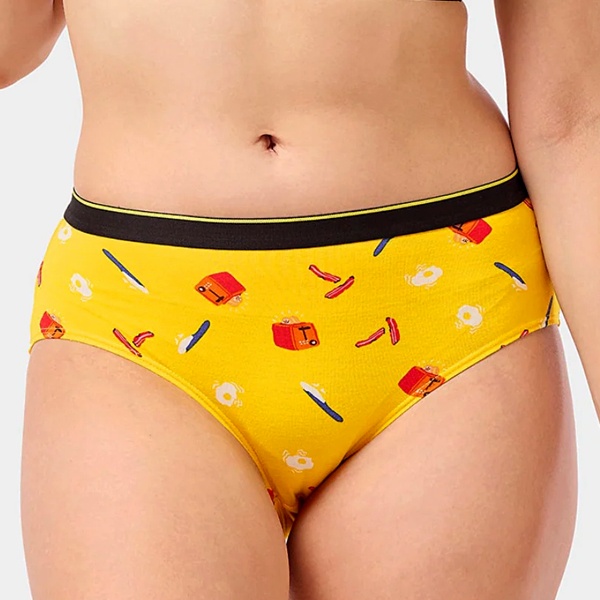
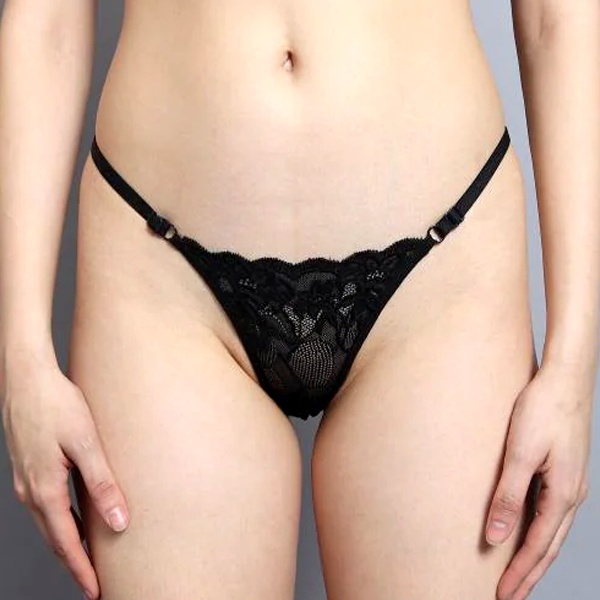

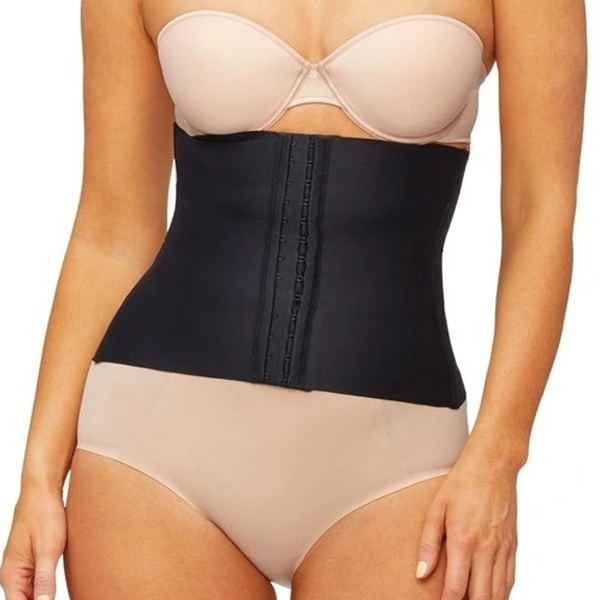
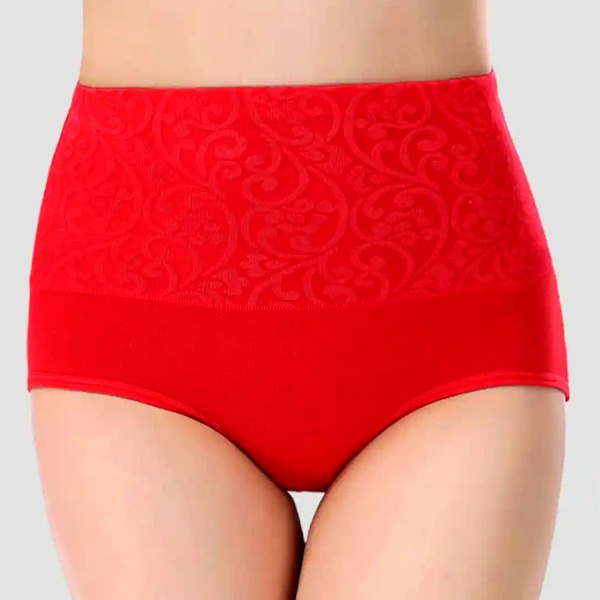

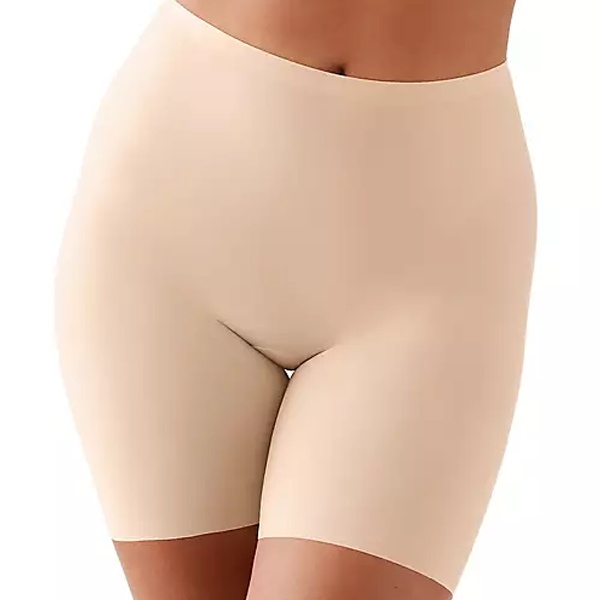
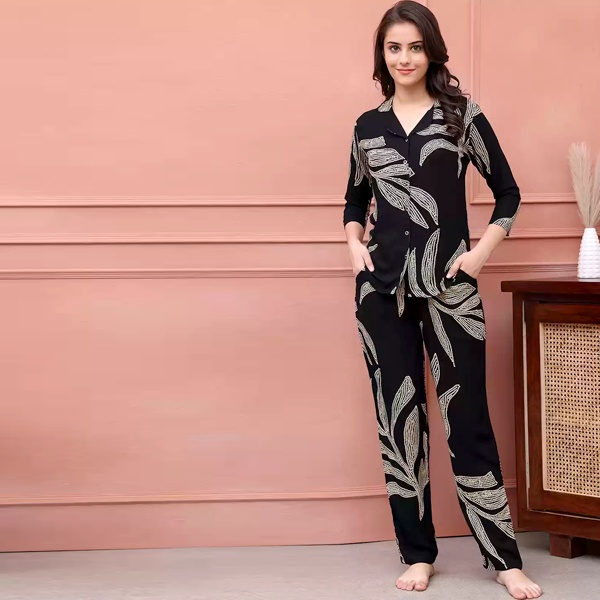
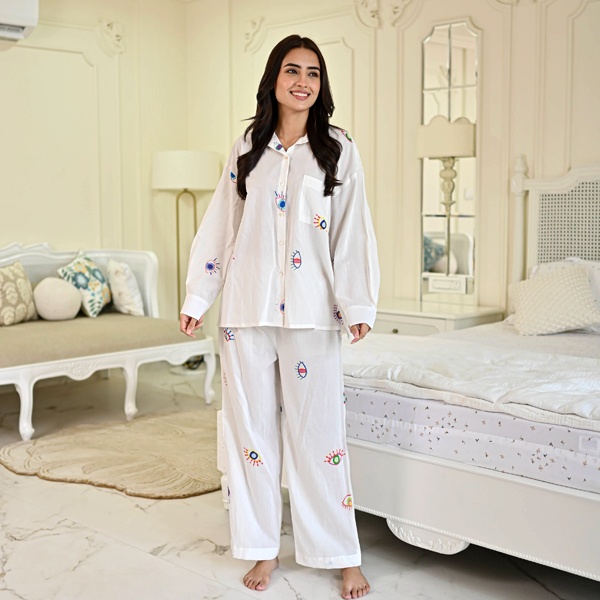
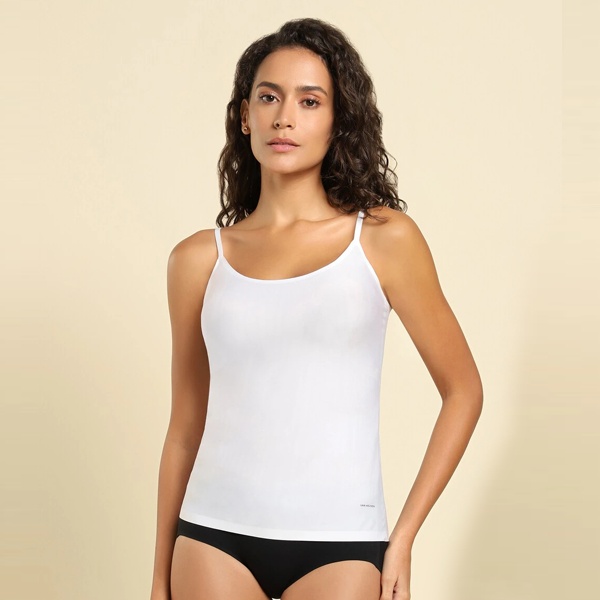
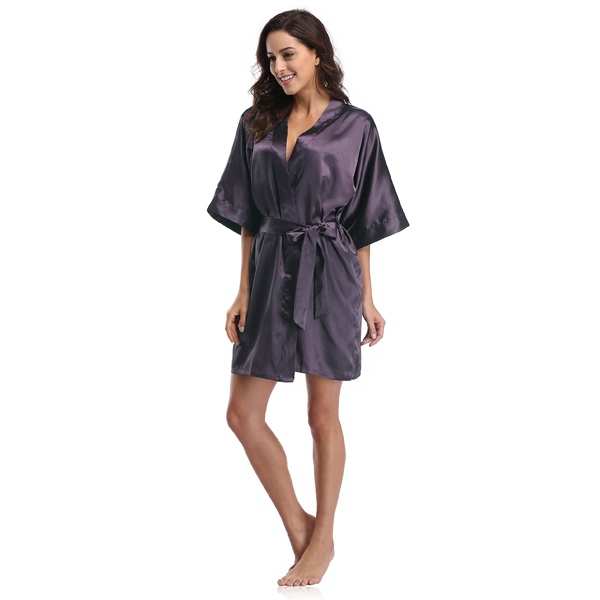

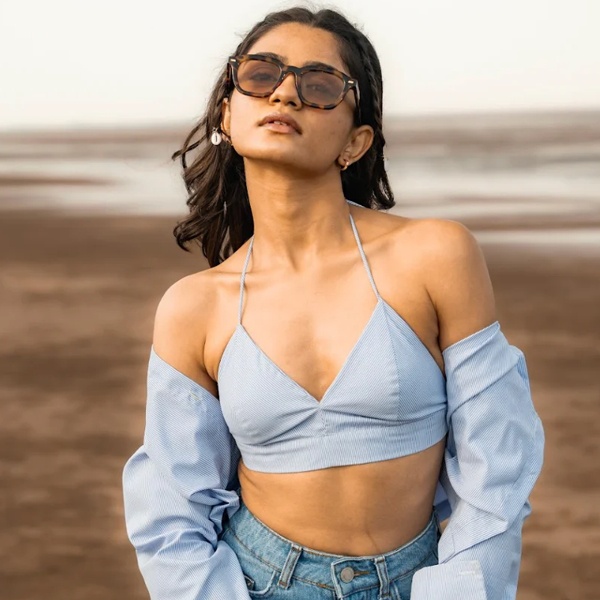




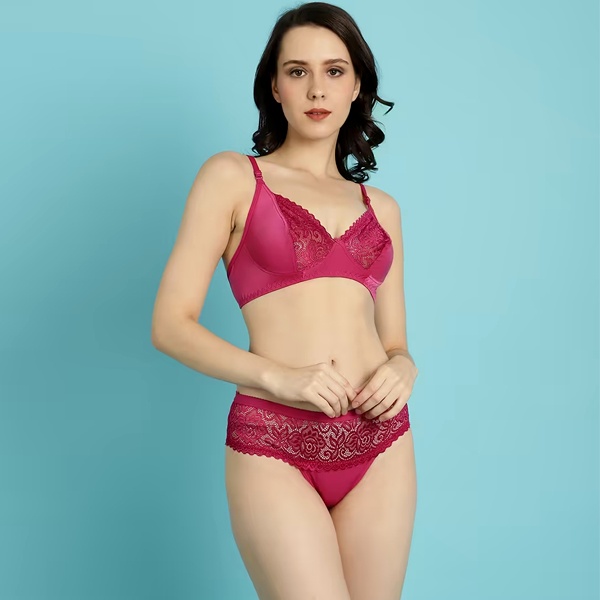
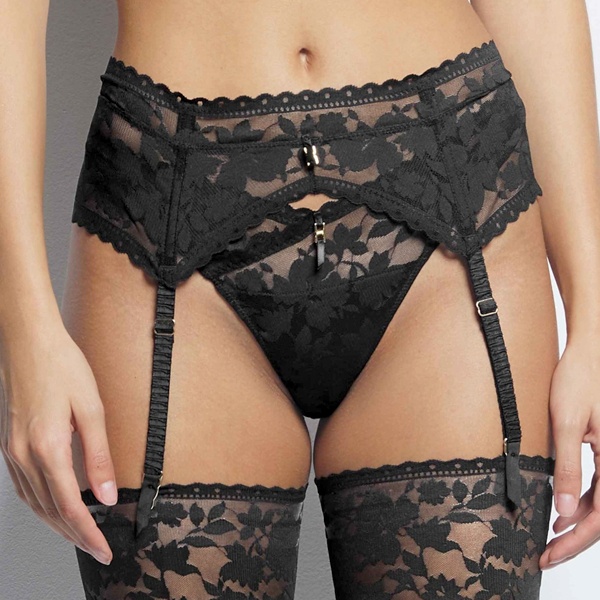
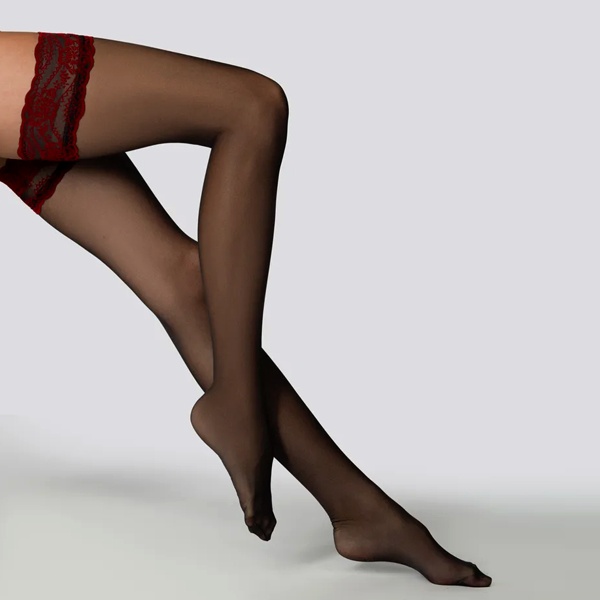
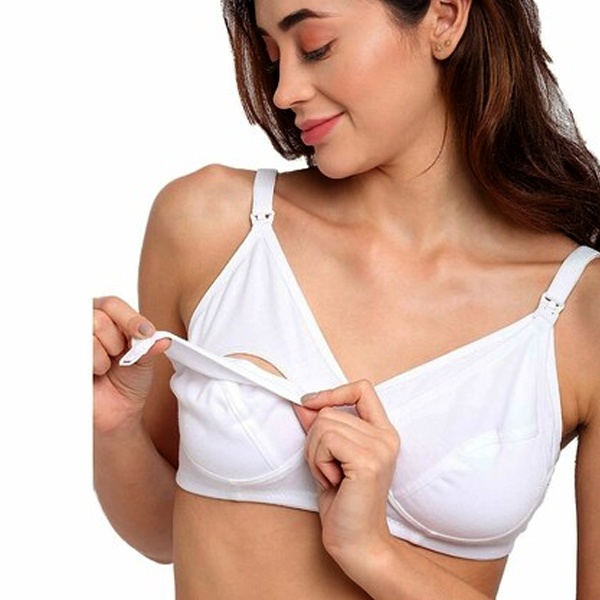
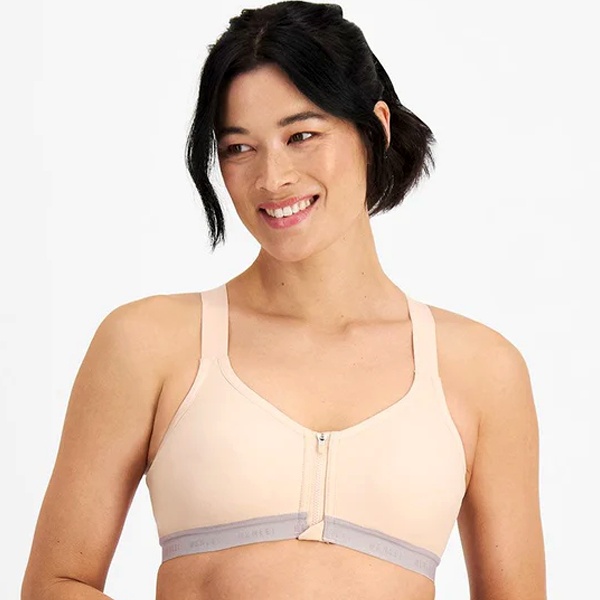


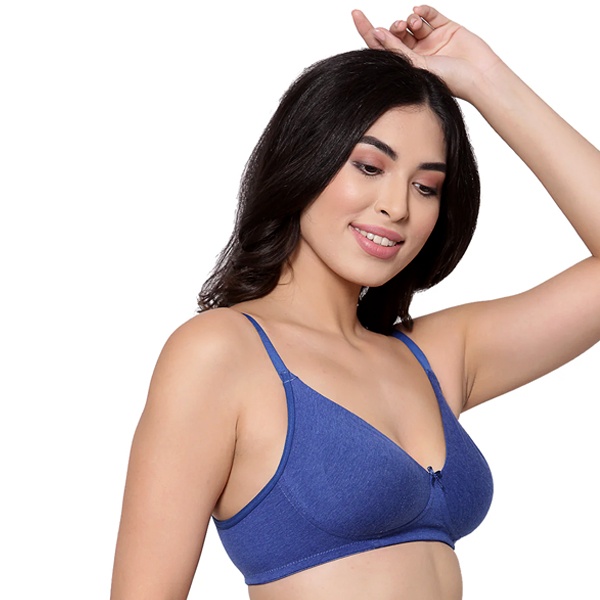

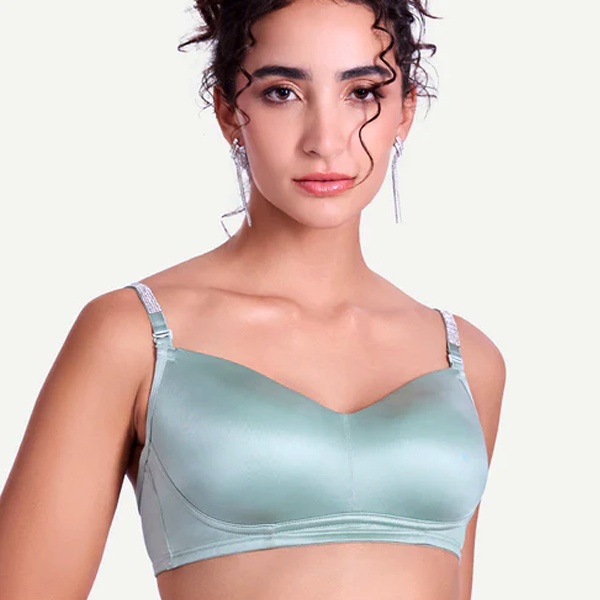
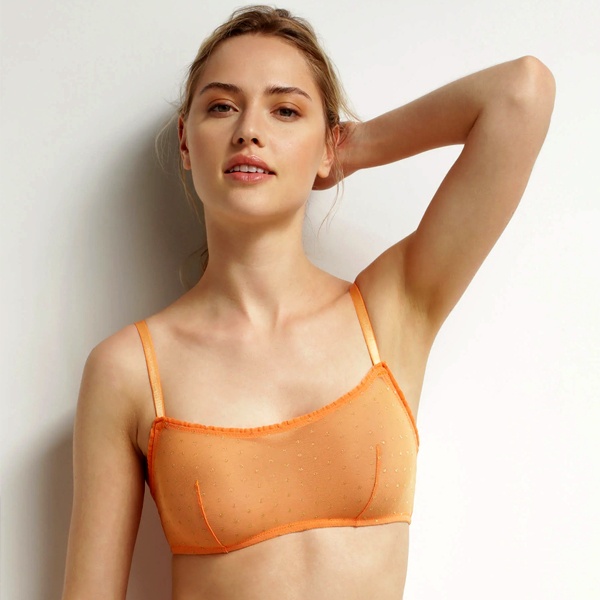
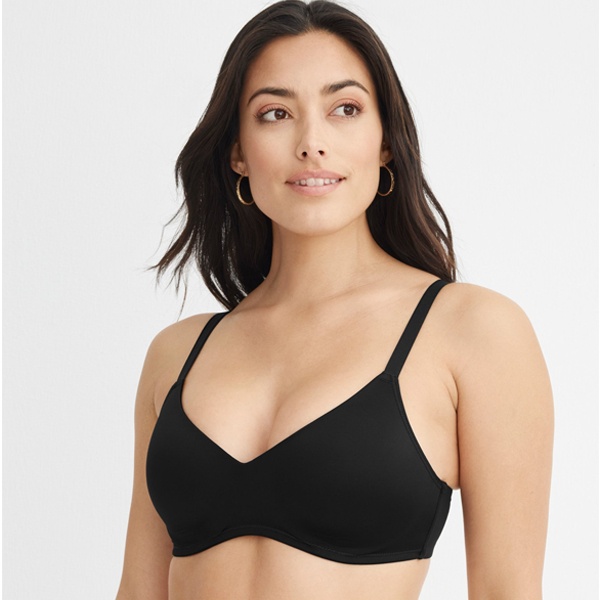
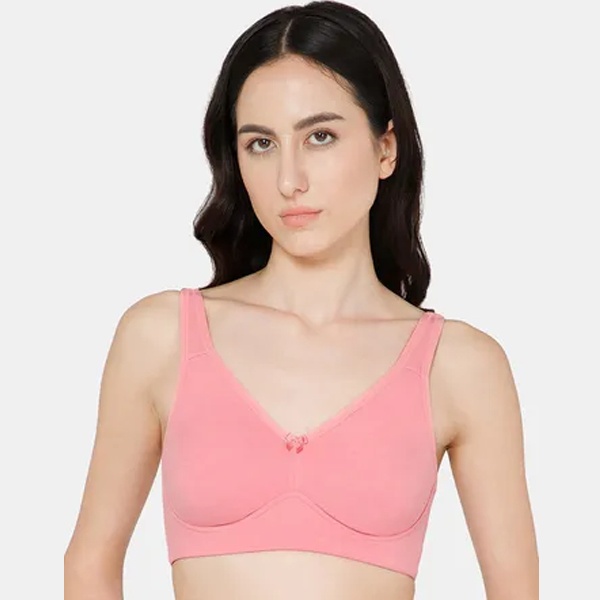

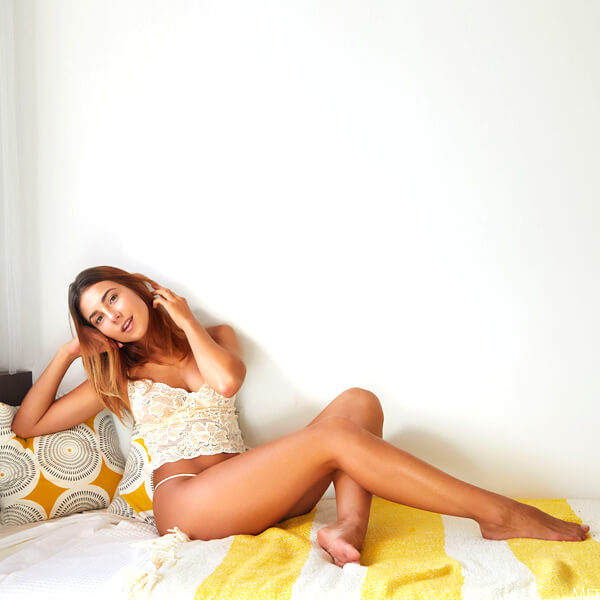
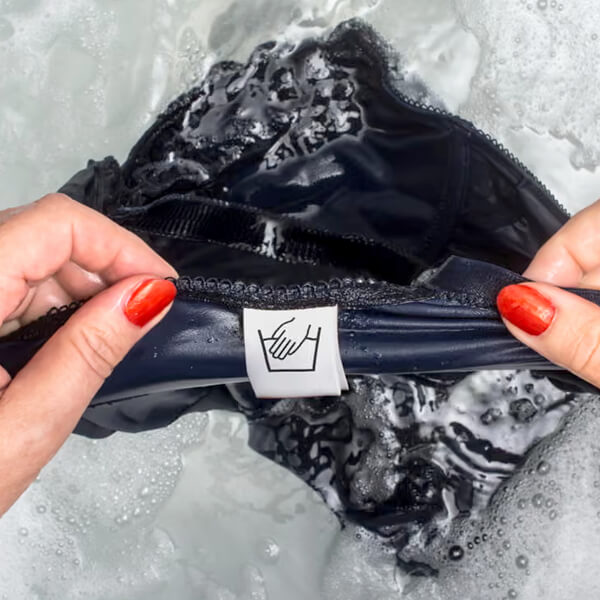
 CONTACT USWaves Institute of Fashion Designing,
CONTACT USWaves Institute of Fashion Designing,